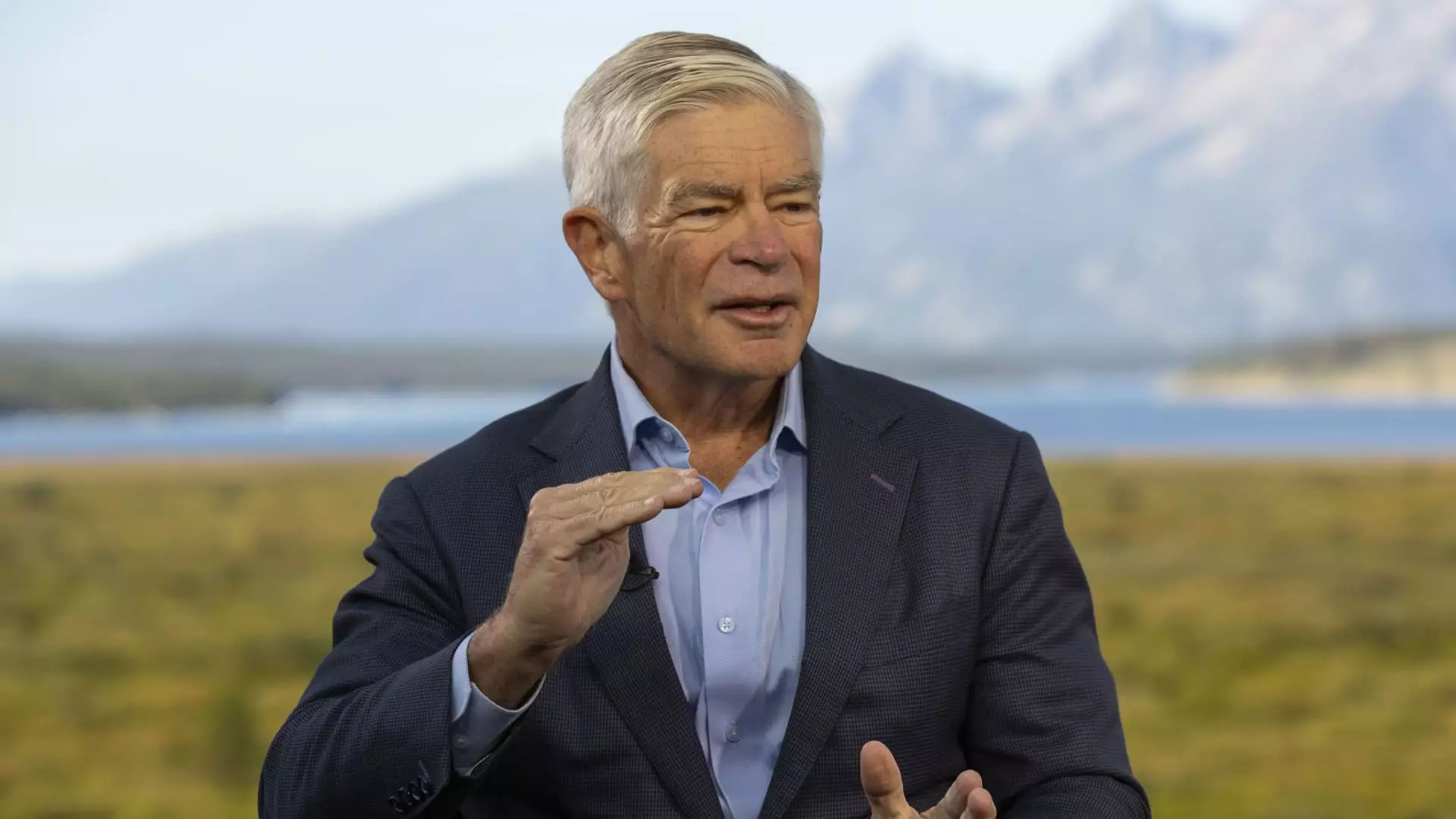Philadelphia Federal Reserve President Patrick Harker expressed strong support for an interest rate cut in September, marking a significant shift in monetary policy. This endorsement comes in the wake of the Fed’s annual retreat in Jackson Hole, Wyoming, where Harker emphasized the need for a methodical approach to easing rates.
Harker’s statement follows the release of minutes from the latest Fed policy meeting, which indicated a growing consensus among officials regarding the necessity of a rate cut. The decision is driven by concerns over potential weakness in the labor market and a desire to preemptively address any challenges that may arise.
While markets have already priced in a high probability of a quarter percentage point cut, Harker remains cautious about committing to a specific rate adjustment. He emphasized the importance of carefully analyzing incoming data before making a final decision, highlighting the complexity of the economic landscape.
Despite the looming presidential election, Harker stressed the Fed’s independence from political pressures and its commitment to data-driven decision-making. As a self-proclaimed technocrat, he emphasized the Fed’s responsibility to respond appropriately to economic indicators and adjust policy accordingly.
Kansas City Fed President Jeffrey Schmid also weighed in on the future of monetary policy, noting the evolving dynamics of the labor market. While acknowledging the cooling of job indicators and a gradual increase in the unemployment rate, Schmid emphasized the need for a nuanced approach to policy adjustments.
Schmid expressed confidence in the resilience of the banking sector under current interest rate conditions, dismissing concerns about monetary policy being overly restrictive. This sentiment reflects a broader reassurance about the stability of the financial system amid potential rate adjustments.
Looking ahead, both Harker and Schmid offered insights into their voting schedules on the Federal Open Market Committee. While Harker does not have a vote this year, he will have the opportunity to weigh in on policy decisions in 2026. In contrast, Schmid is set to participate in the voting process next year, highlighting the continuity of leadership within the Fed.
As the Federal Reserve prepares to navigate a shifting economic landscape, the statements from Harker and Schmid provide valuable perspectives on the factors influencing monetary policy decisions. With a focus on data-driven analysis, gradual adjustments, and careful monitoring of economic indicators, the Fed aims to strike a balance between addressing current challenges and maintaining long-term stability.

Leave a Reply